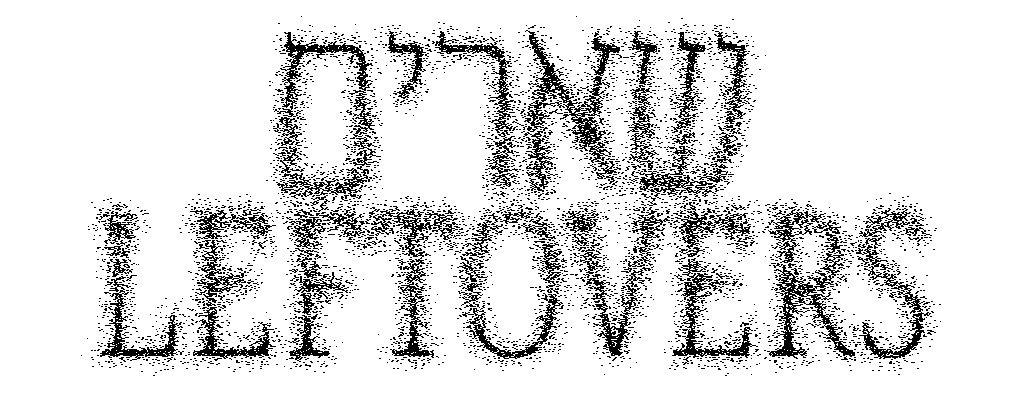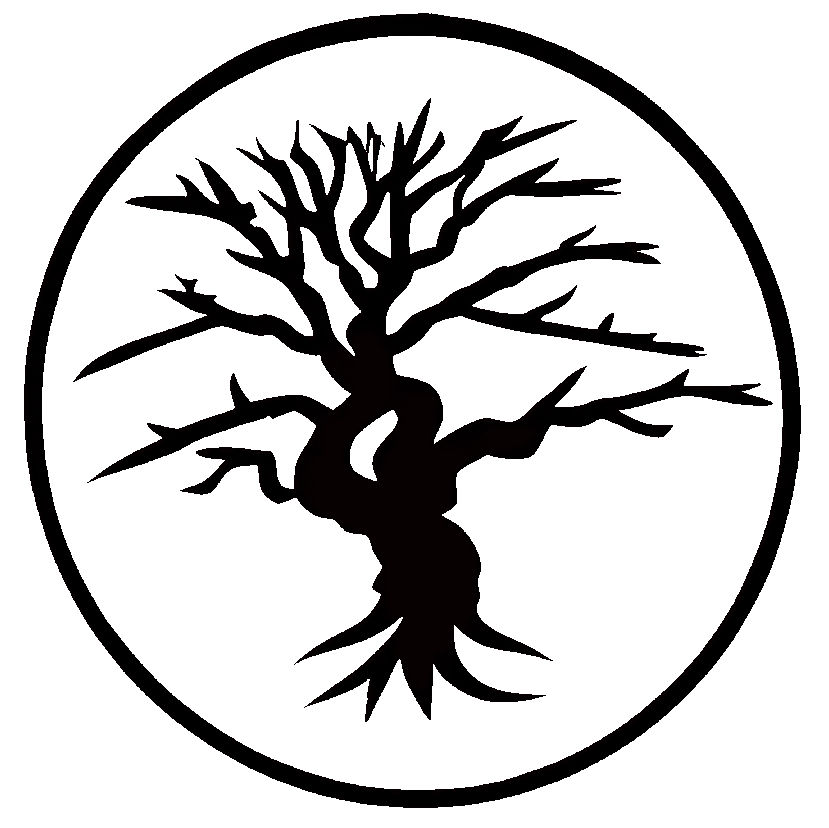
בֵּית בּוּבּוֹת רִאשׁוֹן
בית בובות ראשון (מתוך שְׁאֵרִים), 2025
קולאז' דיגיטלי, 160 ס"מ על 73 ס"מ
בבסיס העבודה "בית בובות ראשון" עומדת אלימות של מבט, חדירה לא מותרת, אונס של הפרטי והאישי. ההרס הנגלה – מבנים חתוכים, בתים פתוחים, חדרים נטושים ששרדו. מיטות, מטבחים, חדרי אמבטיה ושירותים, ארונות ספרים – כל מה שאמור להישאר פרטי ואישי, חשוף כאן לניתוח, לצפייה, לביזה של המבט.
המחשבה לעסוק בנושא זה במסגרת שְׁאֵרִים מעסיקה אותי מאז השבעה באוקטובר. בשבועות שלאחר הטבח נהרו עשרות צלמים, חלקם צלמי עיתונות מקצועיים וחלקם חובבנים סוג ז', ליישובים בהם התרחשו הזוועות. הם חדרו לבתים פרטיים שנותרו פרוצים ללא רשות, ללא הסכמה, ללא חשיבה, ריצת אמוק לייצר תיקי עבודות עבי הרס. הם נכנסו לחדרי ילדים שנרצחו, לחדרי שינה של נשים וגברים שנאנסו, נחטפו, נשחטו. צילמו בתאווה את הקירות השרופים, את שלוליות הדם, את תרמילי הרובים, את הזכוכיות השבורות והחפצים ההרוסים. כולנו ראינו תמונות כאלה במאות.
סוזן סונטאג כתבה שיש משהו טורפני במעשה הצילום. לצלם בני אדם זה לחלל אותם, לראות אותם כפי שלעולם לא יראו את עצמם, להפוך אותם לחפצים שניתן להחזיק בהם סמלית (סונטאג, על הצילום). מה לגבי המקומות הפרטיים שאותם אנשים השאירו אחריהם? מה לגבי החפצים האישיים? האם אותם צלמים עצרו לרגע לחשוב על כך שמעשה החדירה שלהם הוא המשך האונס באמצעים אחרים?
למי יש רשות להסתכל פנימה? האם בכלל יש מישהו שיכול לתת אותה?
בעבודה "בית בובות ראשון" אני לוקח את שְׁאֵרִים מתוך ההרס הכללי למקום הפרטי. באמצעים דיגיטליים אני חודר אל תוך המרחב הפרטי של ה"אחר" המדומיין – גם אם הוא כבר איננו, או לא היה מעולם. כמו במודל פתוח של בית בובות, העבודה מייצרת מראית עין של שליטה על קטסטרופה. אבל זוהי שליטה מדומיינת. השְׁאֵרִים המפוברקים המתועדים כאן אינן מספקים גישה לחיים עצמם – רק לחשיפת יתר (או אולי חשיפת חסר?) של מה שנותר מהם. המתח הנוצר הוא זה שבין מעשה התיעוד לזליגת המבט למציצנות, בין קיבוע הזיכרון לפלישה אלימה.
First Dollhouse
First Dollhouse (from Leftovers), 2025
Digital Collage, 160 cm x 73 cm
At the core of “First Dollhouse” lies the violence of the gaze – an unauthorized intrusion, a violation of the private and the personal. The destruction revealed here consists of sliced buildings, open houses, abandoned rooms that survived. Beds, kitchens, bathrooms, bookshelves – all the things meant to remain private and intimate – are laid bare for analysis, for viewing, for the looting gaze.
The idea of addressing this theme within the framework of Leftovers has occupied me since October 7th. In the weeks following the massacre, dozens of photographers – some professional photojournalists, others amateur thrill-seekers – poured into the devastated communities. They entered private homes left unguarded, without permission, without consent, without reflection – a frantic rush to build portfolios thick with ruin. They invaded children’s rooms where murders took place, bedrooms where men and women were raped, abducted, slaughtered. They photographed with appetite: scorched walls, pools of blood, bullet casings, shattered glass, destroyed belongings. We all saw hundreds of such images.
Susan Sontag wrote that there is something predatory in the act of taking a photograph. To photograph people is to violate them – to see them as they can never see themselves, to turn them into objects that can be symbolically possessed (Sontag, On Photography). But what about the private spaces these people left behind? What about the personal objects? Did those photographers stop for even a moment to consider that their intrusion was a continuation of the original violation – by other means?
Who has the right to look inside? Can such permission even be given?
In “First Dollhouse”, I shift Leftovers from public catastrophe to private space. Using digital tools, I penetrate the imagined private space of an absent “other” – whether they once existed or never did. Like an open architectural model, the work creates the illusion of control over catastrophe. But this is an illusion. The fabricated leftovers documented here offer no real access to lived experience — only an excess of exposure (or perhaps a deficiency?) of what remains. The tension at the heart of the work lies between documentation and voyeurism, between the urge to preserve memory and the violence of intrusion.

















